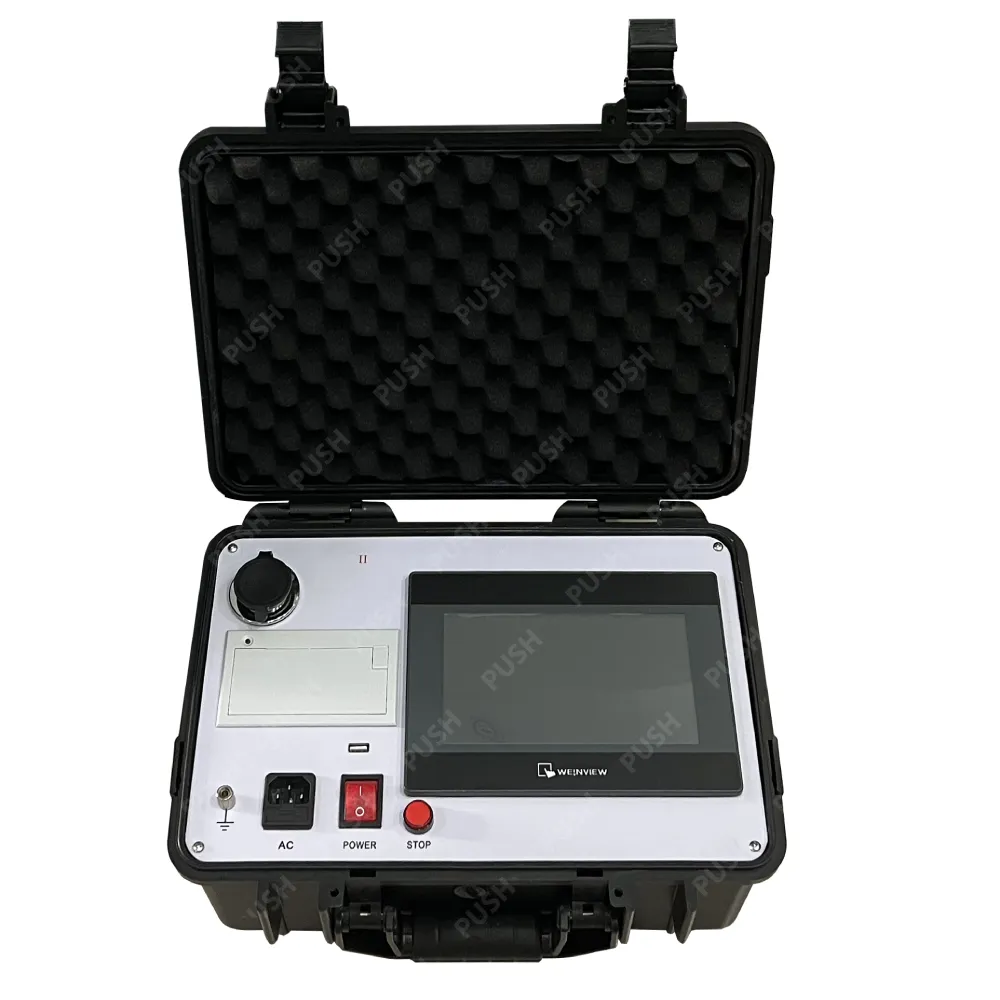 English
English


test the dielectric strength of transformer oil
Testing the Dielectric Strength of Transformer Oil
Transformer oil, also known as insulating oil, plays a crucial role in the operation and safety of transformer systems. Its primary functions include insulating the internal components of transformers from electrical faults and dissipating heat generated during operation. One of the essential properties of transformer oil is its dielectric strength, which is the ability of the oil to resist electrical breakdown. Testing the dielectric strength of transformer oil is critical for ensuring the reliability and longevity of transformer systems. This article delves into the significance of dielectric strength, the testing methods, and best practices for transformer oil maintenance.
Importance of Dielectric Strength
Dielectric strength is defined as the maximum electric field intensity that a material can withstand without experiencing failure, typically measured in kilovolt per millimeter (kV/mm). In the case of transformer oil, high dielectric strength is essential to prevent short circuits that can lead to catastrophic failures. A decrease in dielectric strength may indicate contamination, degradation, or the presence of impurities such as water, gases, or particulate matter. Monitoring the dielectric strength helps operators detect potential problems early, enabling remedial actions and maintenance to enhance transformer reliability.
Testing Methods
Various methods are employed to assess the dielectric strength of transformer oil. The two most common testing procedures are the ASTM D1816 and the IEC 60156 standards. These methods involve the application of an increasing alternating current voltage across two electrodes immersed in the oil sample until dielectric breakdown occurs.
1. ASTM D1816 (Standard Test Method for Dielectric Breakdown Voltage of Insulating Oils of Remote Power and Distribution Transformers) - This method involves inserting two electrodes, typically in a cylindrical or plate design, into a sample of transformer oil. The test setup requires a specific spacing between the electrodes, often 2.5 mm. - An alternating voltage is applied, gradually increasing until a spark breakdown occurs. The voltage at which breakdown happens is recorded as the dielectric strength of the oil. - This test is widely accepted due to its straightforward procedure and the ability to provide reproducible results.
test the dielectric strength of transformer oil

2. IEC 60156 (Insulating Liquids - Determination of the Breakdown Voltage at Power Frequency) - This standard is similar to ASTM D1816 but may involve slight variations in electrode configuration and testing environment. - The oil sample is tested under controlled temperature conditions, ensuring that external factors do not influence the dielectric strength significantly. - Operational challenges, such as moisture content and temperature variations, are factors that testing must consider to provide accurate readings.
Best Practices for Testing
When conducting dielectric strength tests on transformer oil, certain best practices should be observed
- Sample Preparation Use clean equipment to prevent contamination. The oil sample should be free from moisture and particulate contaminants before testing. - Environmental Control Conduct tests in a controlled environment, maintaining consistent temperature and humidity levels to avoid variations in dielectric strength that may result from external conditions. - Multiple Tests Perform multiple tests on the same oil sample to ensure accuracy and consistency in the results. Averaging the results can provide a more reliable indication of dielectric strength. - Regular Monitoring Implement a routine oil testing schedule. Regular monitoring of dielectric strength can help detect changes in oil quality over time and inform maintenance decisions.
Conclusion
Testing the dielectric strength of transformer oil is an essential practice for ensuring the safe and effective operation of transformers. It serves as a critical indicator of oil quality, directly impacting the reliability of electrical systems. By adhering to standardized testing methods and best practices, maintenance personnel can identify potential issues early and take corrective actions, ultimately extending the life of transformer equipment and enhancing operational safety. In today's technological landscape, where the reliability of energy systems is paramount, understanding and testing the dielectric strength of transformer oil is more important than ever.
-
Differences between open cup flash point tester and closed cup flash point testerNewsOct.31,2024
-
The Reliable Load Tap ChangerNewsOct.23,2024
-
The Essential Guide to Hipot TestersNewsOct.23,2024
-
The Digital Insulation TesterNewsOct.23,2024
-
The Best Earth Loop Impedance Tester for SaleNewsOct.23,2024
-
Tan Delta Tester--The Essential Tool for Electrical Insulation TestingNewsOct.23,2024





